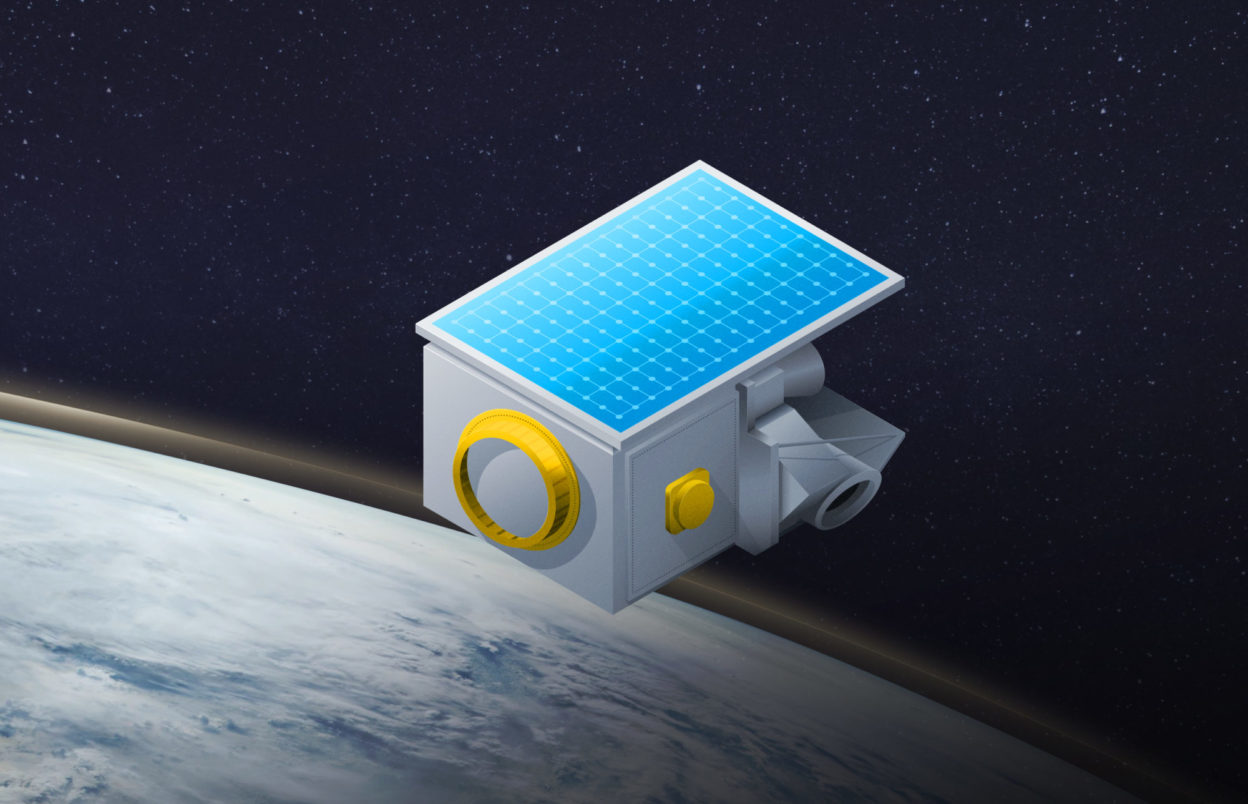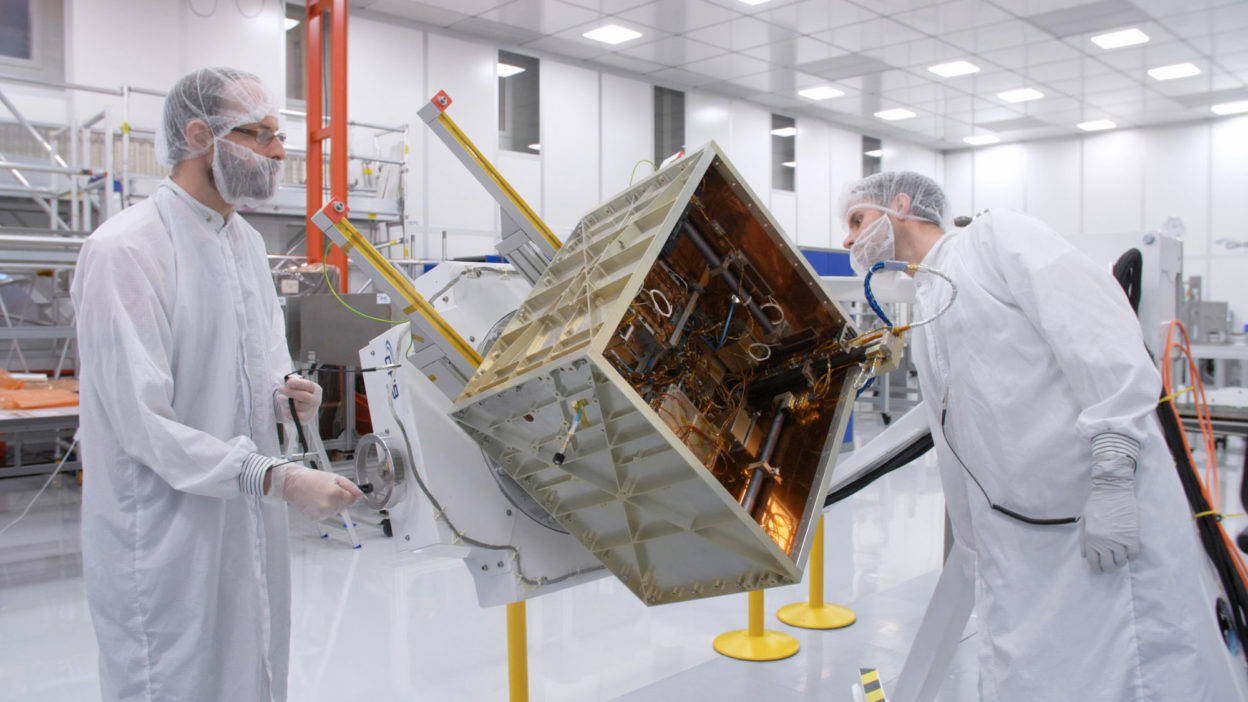For the past two decades, Sweden has continuously developed and built their own scientific satellites – and the next in line, MATS, is now ready for launch. MATS is the next in a series of satellites that include Viking, Freja, Astrid 1 and 2, Odin and Prisma, all national initiatives, although some are built together with international partners due to some specific needs.
M ATS stand for Mesospheric Airglow/Aerosol Tomography and Spectroscopy and is developed and built after a proposal from the Department of Meteorology at Stockholm University (MISU), however, the project involves several Swedish institutes and industrial companies
ATS stand for Mesospheric Airglow/Aerosol Tomography and Spectroscopy and is developed and built after a proposal from the Department of Meteorology at Stockholm University (MISU), however, the project involves several Swedish institutes and industrial companies
The main mission for the project is to investigate waves in the atmosphere and their influence on the weather on Earth. From its orbit at 600 kilometres altitude, MATS will be used to study the so-called gravity waves in the atmosphere, by detecting formations in clouds in the mesosphere, at altitudes between 70-110 kilometres. Just like waves in the ocean, gravity waves in the atmosphere give rise to large-scale circulation and are important to study in order to improve current climate models and give a better understanding of the atmosphere.
Several other Swedish research groups are also involved, such as the Department of Microtechnology and Nanoscience, Chalmers and the Institute for Space and Plasma Physics at KTH.
The main instrument onboard is based on a new type of telescope developed in Gothenburg and described in a Major Thesis
The scientific payload is mounted at a standard InnoSat spacecraft, especially designed as a platform for small scientific payloads.
 The InnoSat spacecraft is based on a small, capable and low-cost platform intended for a range missions in Low Earth Orbit. It is designed to fit within a piggyback launch envelope. that is roughly 50 kg mass and about 60x70x85 cm size, and to provide high performance in term of pointing, power and data downlink.
The InnoSat spacecraft is based on a small, capable and low-cost platform intended for a range missions in Low Earth Orbit. It is designed to fit within a piggyback launch envelope. that is roughly 50 kg mass and about 60x70x85 cm size, and to provide high performance in term of pointing, power and data downlink.
The platform can support max payload mass up to 25 kg and has designed lifetime of five years. Max payload power is 40 W, but is expendable up to 120W, if required. In this case, the platform design is supported by two deployable additional solar panels.
Using a universal platform for small scientific payloads, will probably give a boost for new scientific missions if the payload can be dedicated for the standard platform.
The Swedish National Space Agency has financed seven Swedish satellite projects, most of them performed in international cooperation, such as Viking, Freja, Astrid 1, Astrid 2 and Odin. In addition, Sweden has built the double satellite Prisma and the ESA-satellite SMART 1, designed to reach the Moon.
However, it is nearly twenty years since the last scientific mission, Odin, was developed and built by Sweden, and the hope is that the universal platform InnoSat can be an inspiration for the scientific community to further new ideas.
To develop and build small scientific satellites, Sweden keeps maintaining a technical and scientific community with a very high standard. Sweden continues being an attractive partner within space research and utilization, much due to the combination of the high scientific level and technical competence, as well as through developing and building scientific instruments, and satellites.
Featured Picture:
Formations in clouds in the mesosphere over Stockholm.
Credit: Swedish National Space Board.


